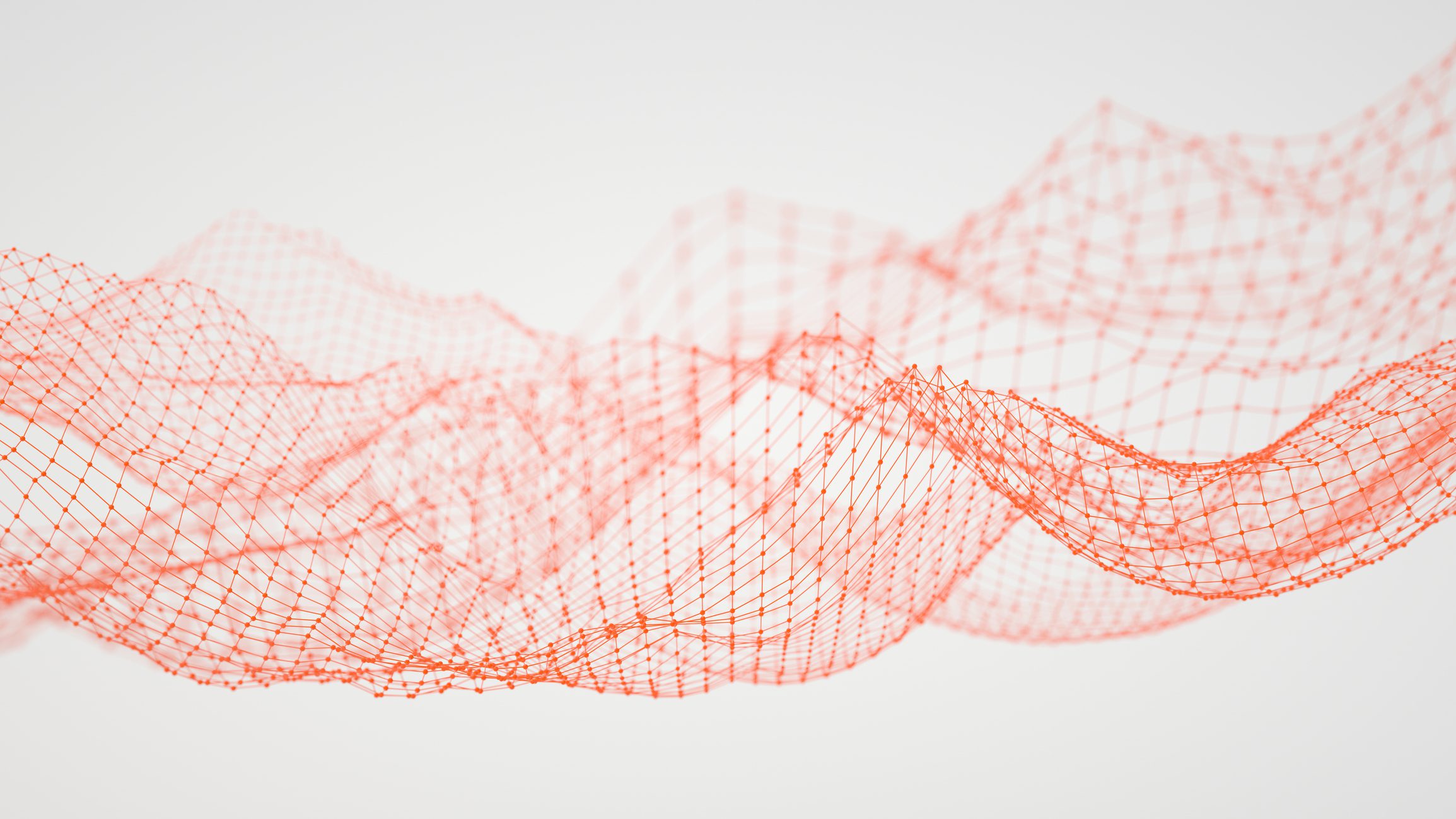Earlier this year, the United States Copyright Office released part 2 of its report on Copyright and Artificial Intelligence discussing the Copyrightability of AI works (CAIP2). We note that part 3 of the report has now been released as a pre-publication version. Although this was shortly followed by the dismissal of the Register of Copyrights and Director of the US Copyright Office, Shira Perlmutter, there is no indication that the published report will be modified with the change in leadership. Therefore, we have looked into part 2 of the report which provides a useful insight into how the concept of copyrightability at the US Copyright Office is adapting to the rapid developments in Artificial Intelligence (AI).
This report cements a position that the copyright in the US requires a human author and copyright protection in the US does not extend to a purely AI generated work (CAIP2, page iii).
The report considers several cases where a work may be created in collaboration between a human and an AI. Emphasis in the report is placed on identifying where the contribution of the human author ends and that of the AI begins. The report confirms it is the (human) author’s own creative expression which will be protected by copyright. For instance, where a human inputs their own copyrightable work [into an AI tool] and that work is perceptible in the output, they will be the author of at least that portion of the output (CAIP2, page 24). Similarly, modifying or arranging AI generated content may result in a copyrightable work where such modifications rise to the minimum standard of originality required (CAIP2, page 27).
Additionally, the report clarifies mere prompts will not be considered sufficient for the human user of an AI system to be considered the author of the output (CAIP2, page 18). This is caveated as a decision based on the current generally available technology. Therefore, it will be interesting to see how this position may change as advances in generative AI allows users to have greater control in output solely through prompts.
The UKIPO are also considering how Copyright protection can apply to AI. As we reported (Government’s consultation on using copyright material for training), there is an ongoing consultation presented to Parliament by the Secretary of State for Science, Innovation and Technology in December 2024 on the interplay between copyright and AI at the UKIPO. As highlighted in the UK’s AI and copyright consultation, it is unclear how protection of AI works may interplay with the now established test of originality that a work must contain elements which are the expression of the intellectual creation of the author of the work (Infopaq C-5/08, Judgement at [39]). Although the Copyright, Designs, and Patents Act 1998 (CDPA) states that in cases where there is no human author of a copyright work, the author is taken to be the person by whom the arrangements necessary for the creation of the work are undertaken (Section 9(3) CDPA), the UK government’s report accepts that it may be unclear how the originality test would apply to the case in which there is no human author.
It will be interesting to see if the fields of creative and inventive intellectual property converge. In contrast to present UK copyright law, when considering if the AI “DABUS” could be the inventor of a patent, the UK supreme court stated an inventor within the meaning of the 1977 Act must be a natural person (Thaler v Comptroller-General [2023] UKSC 49 at [56]). Therefore, we watch with keen interest on how intellectual property law continues to adapt to the challenges posed as AI technology feels ever more akin to that of an Isaac Asimov novel.
Meet our AI team.


